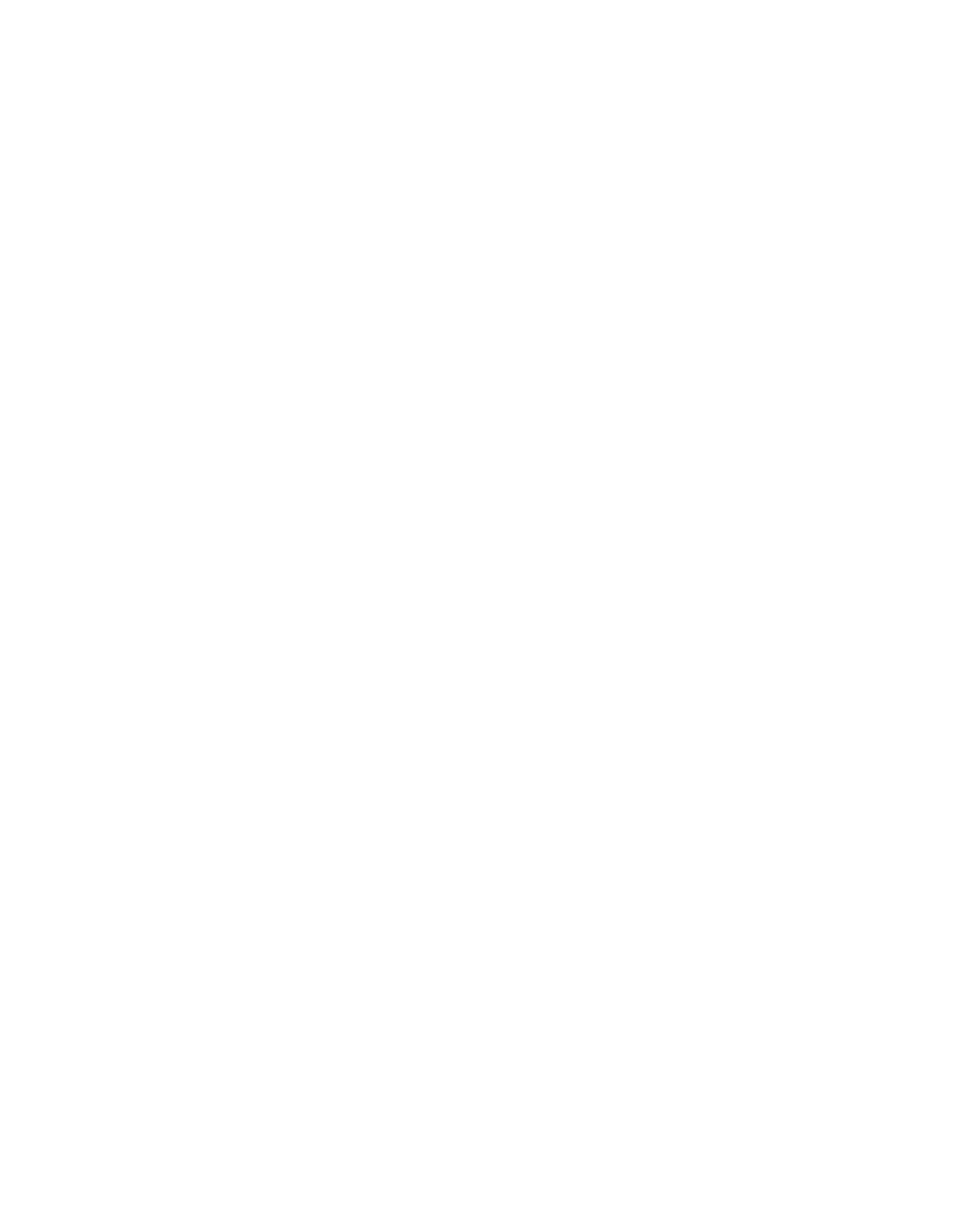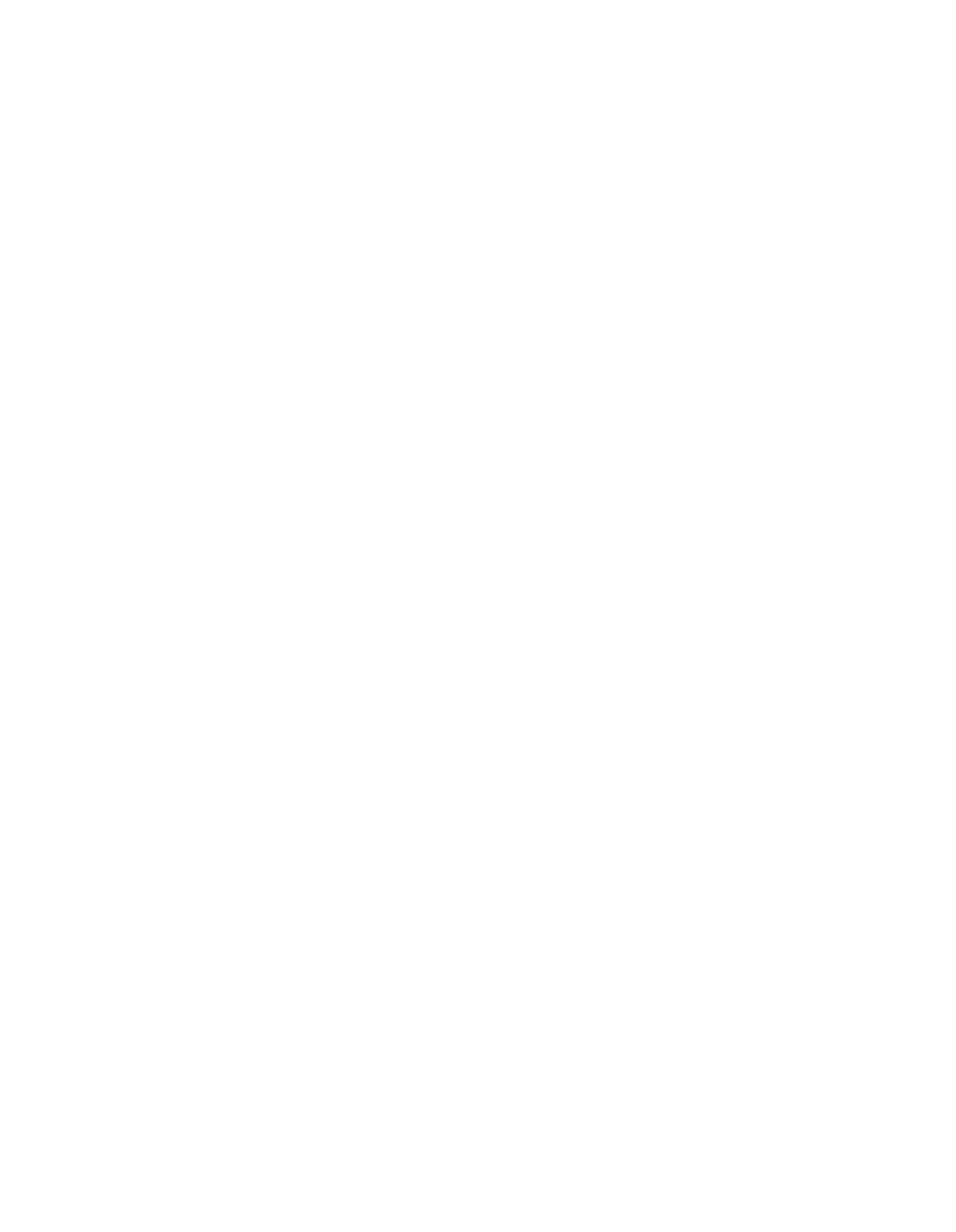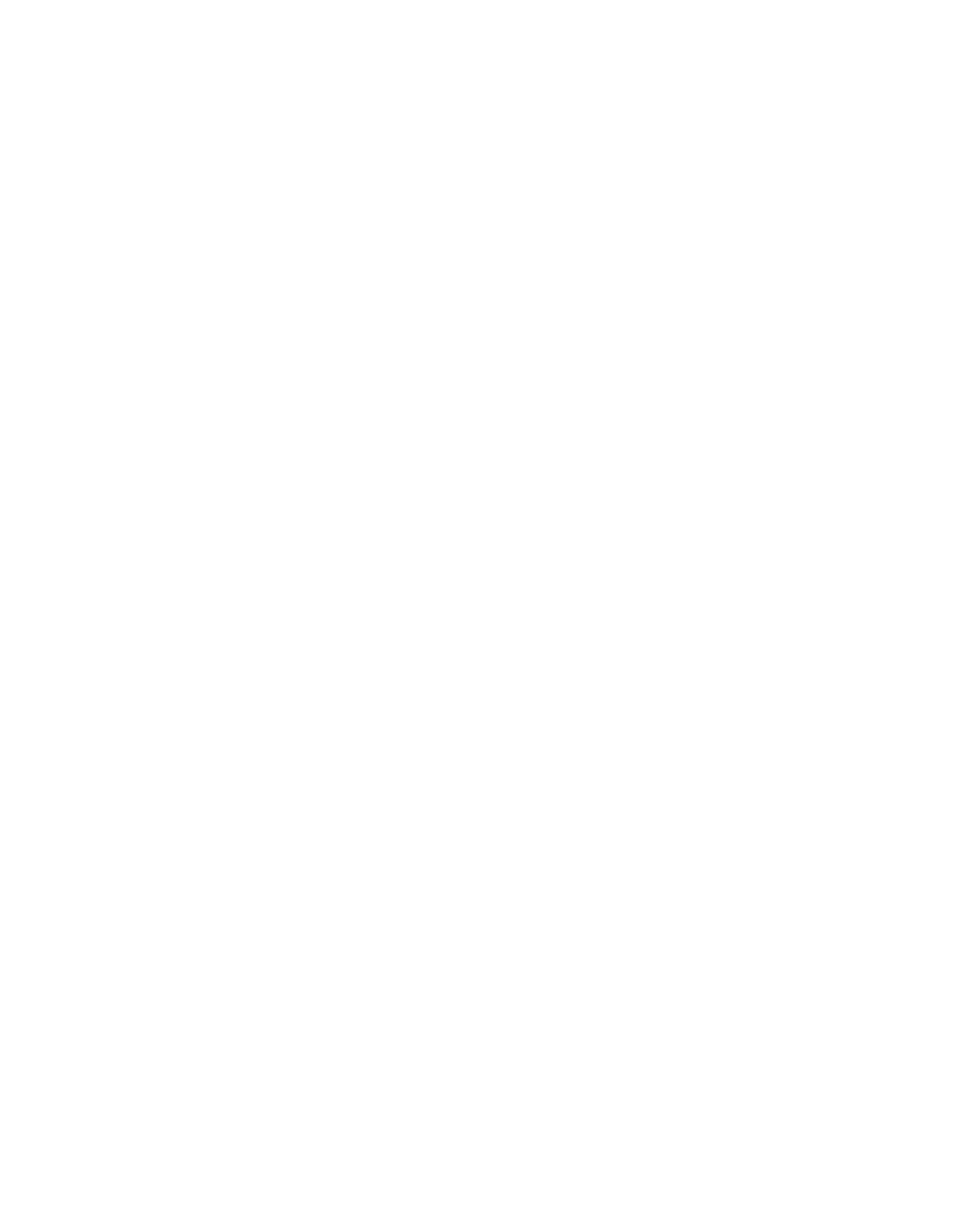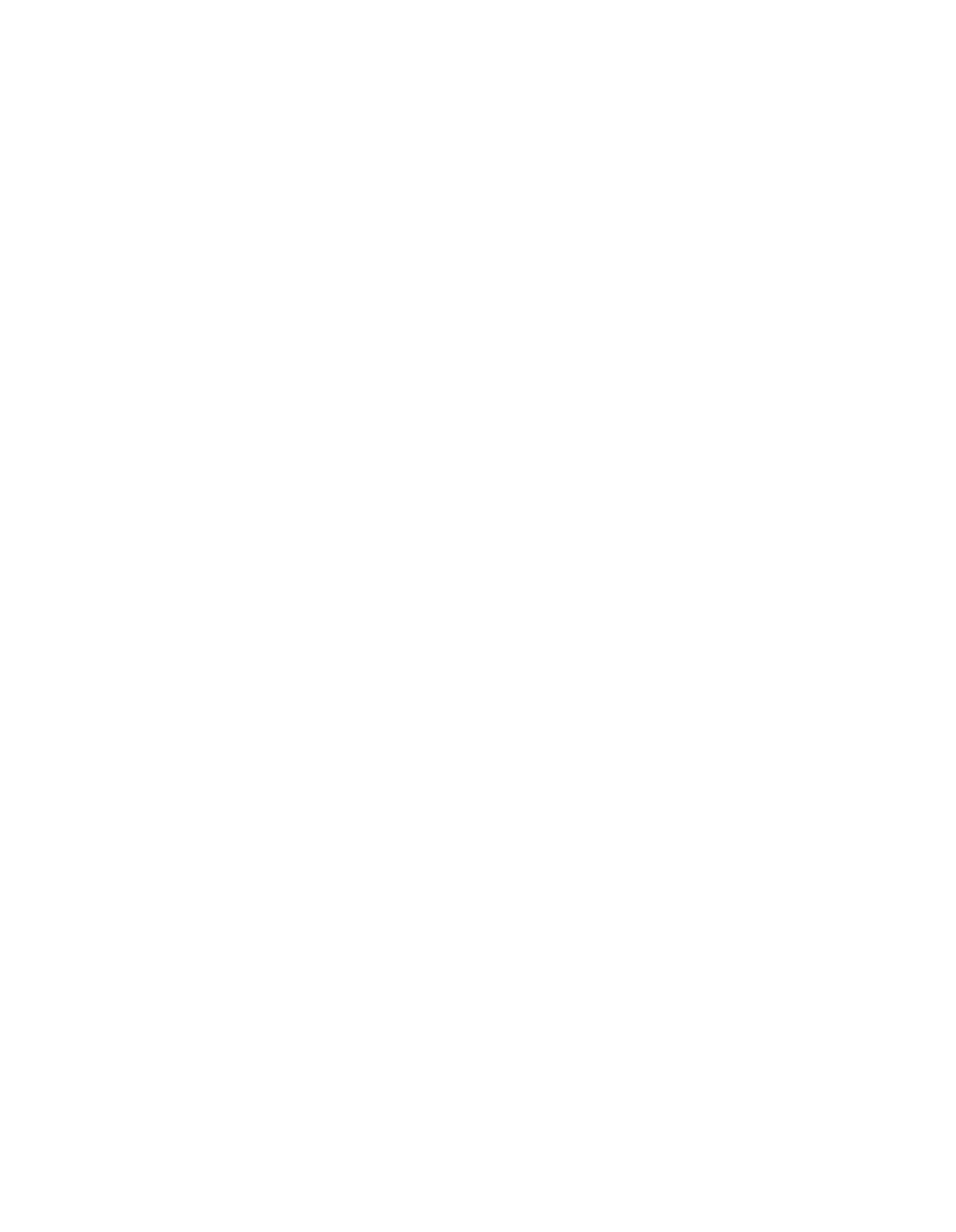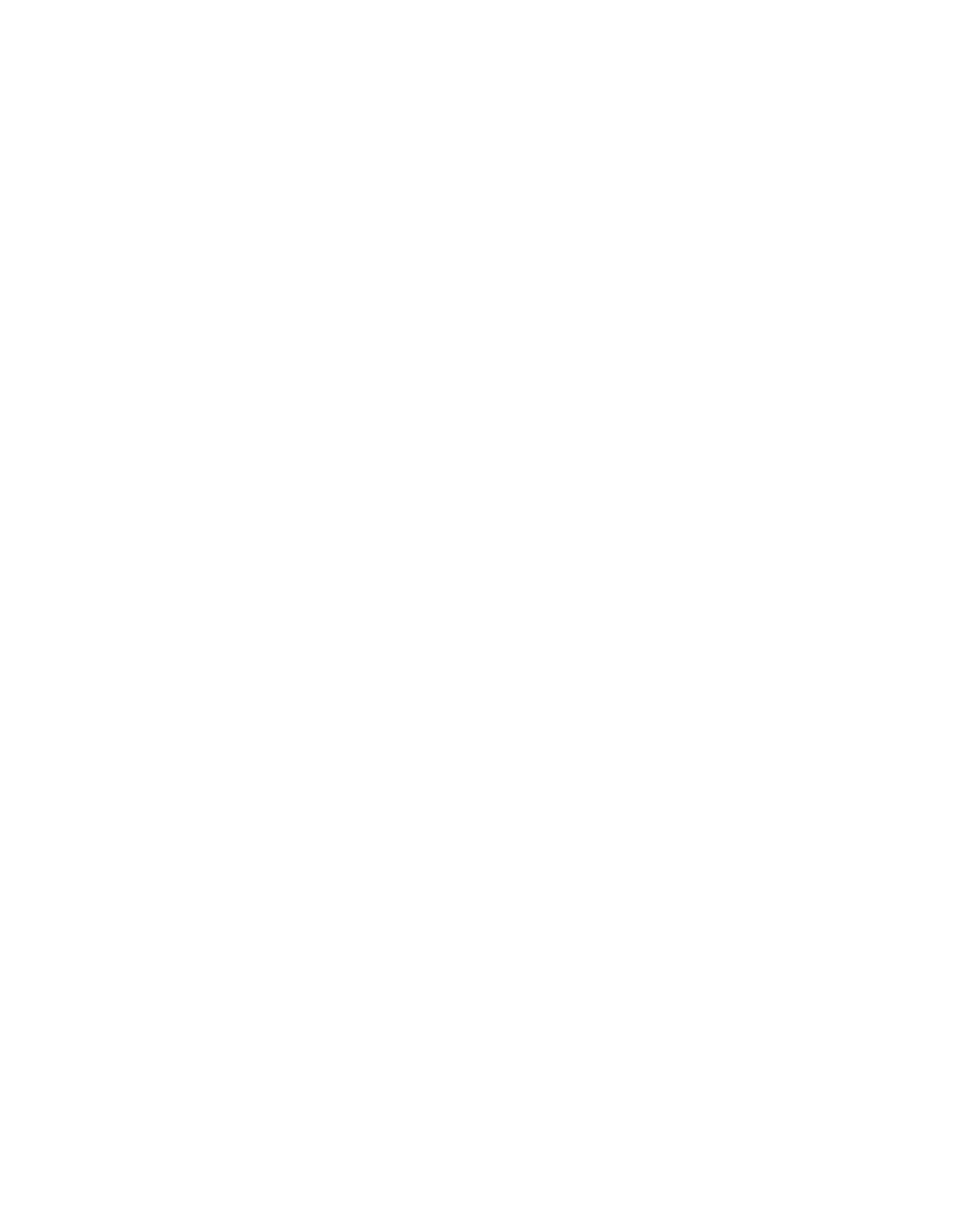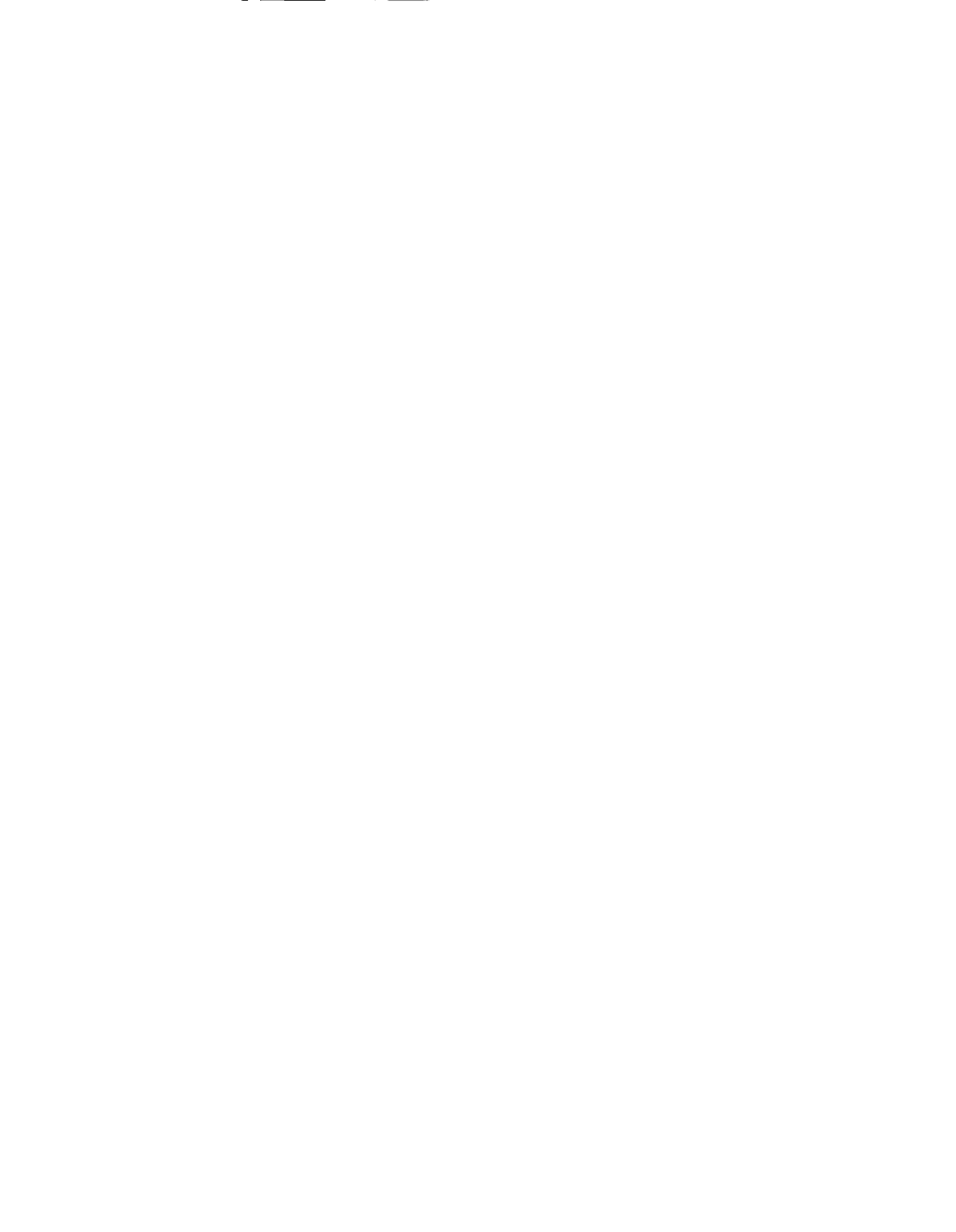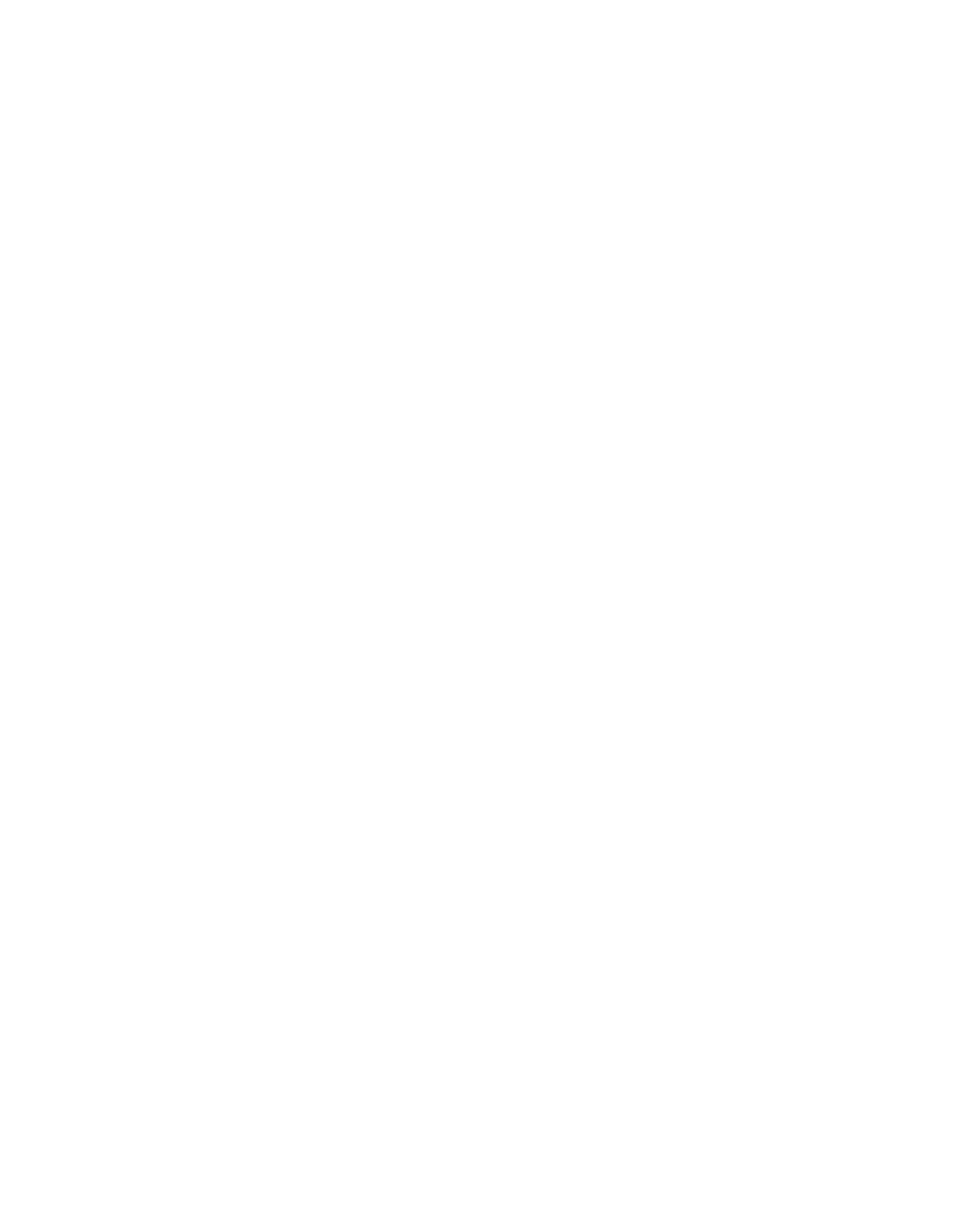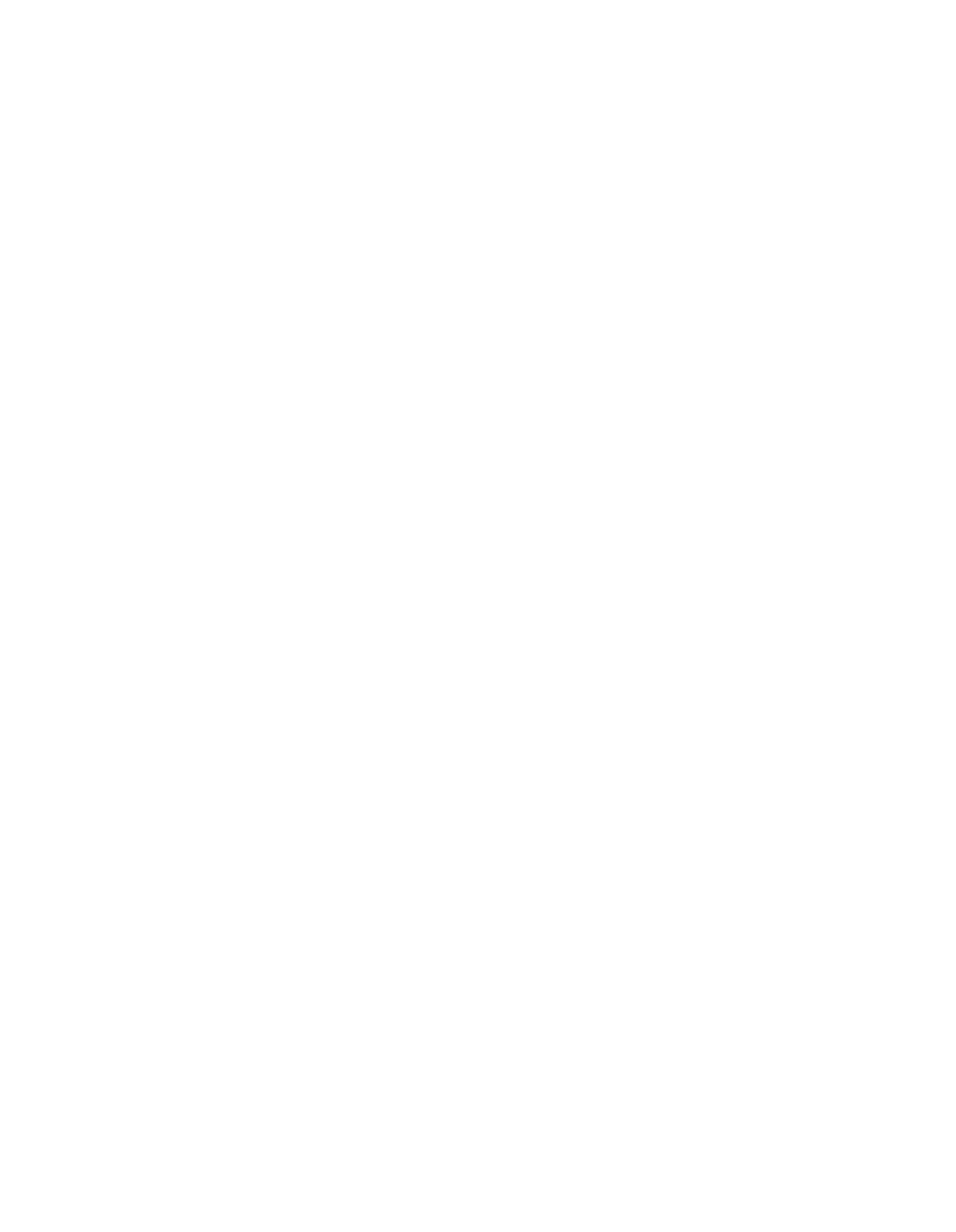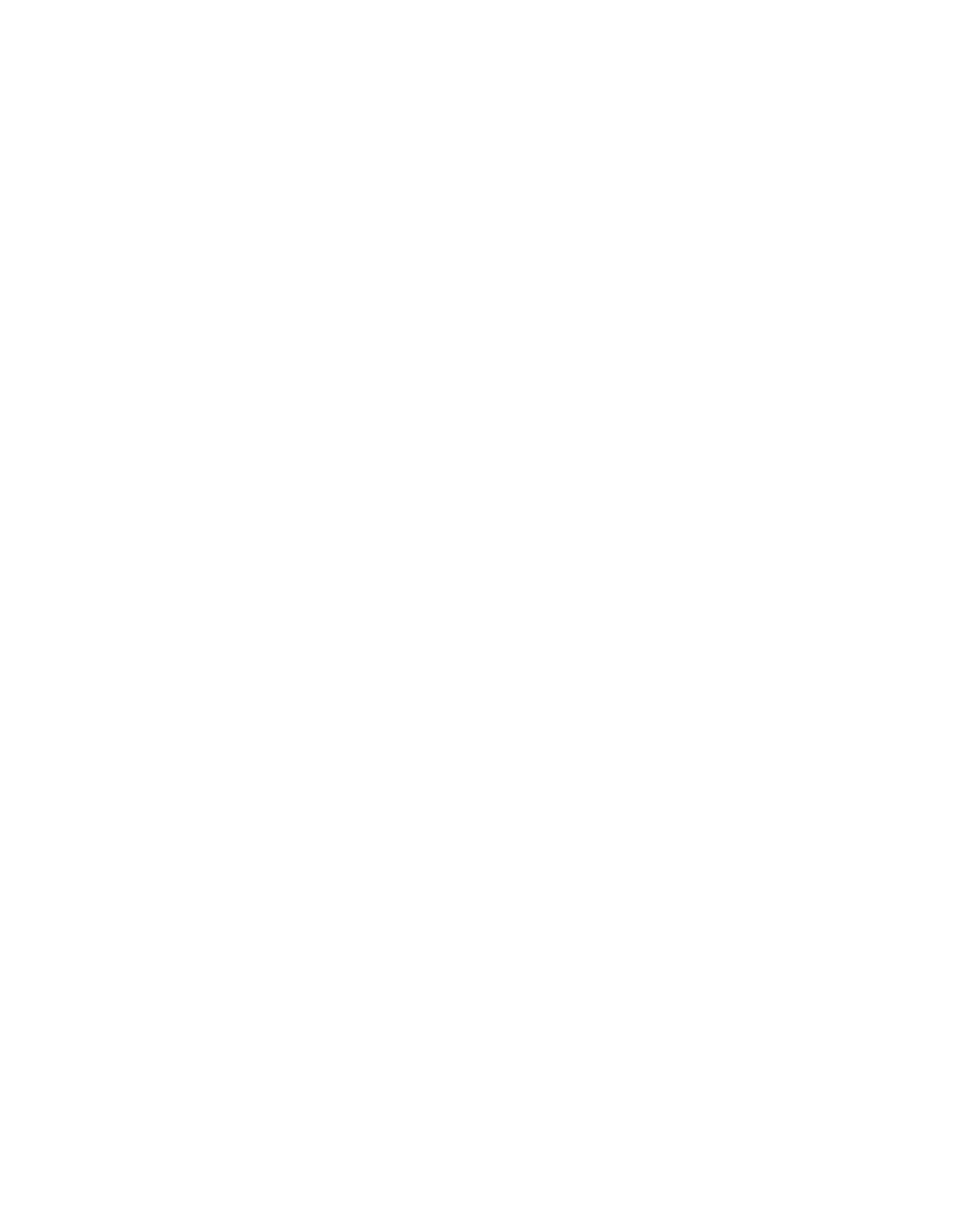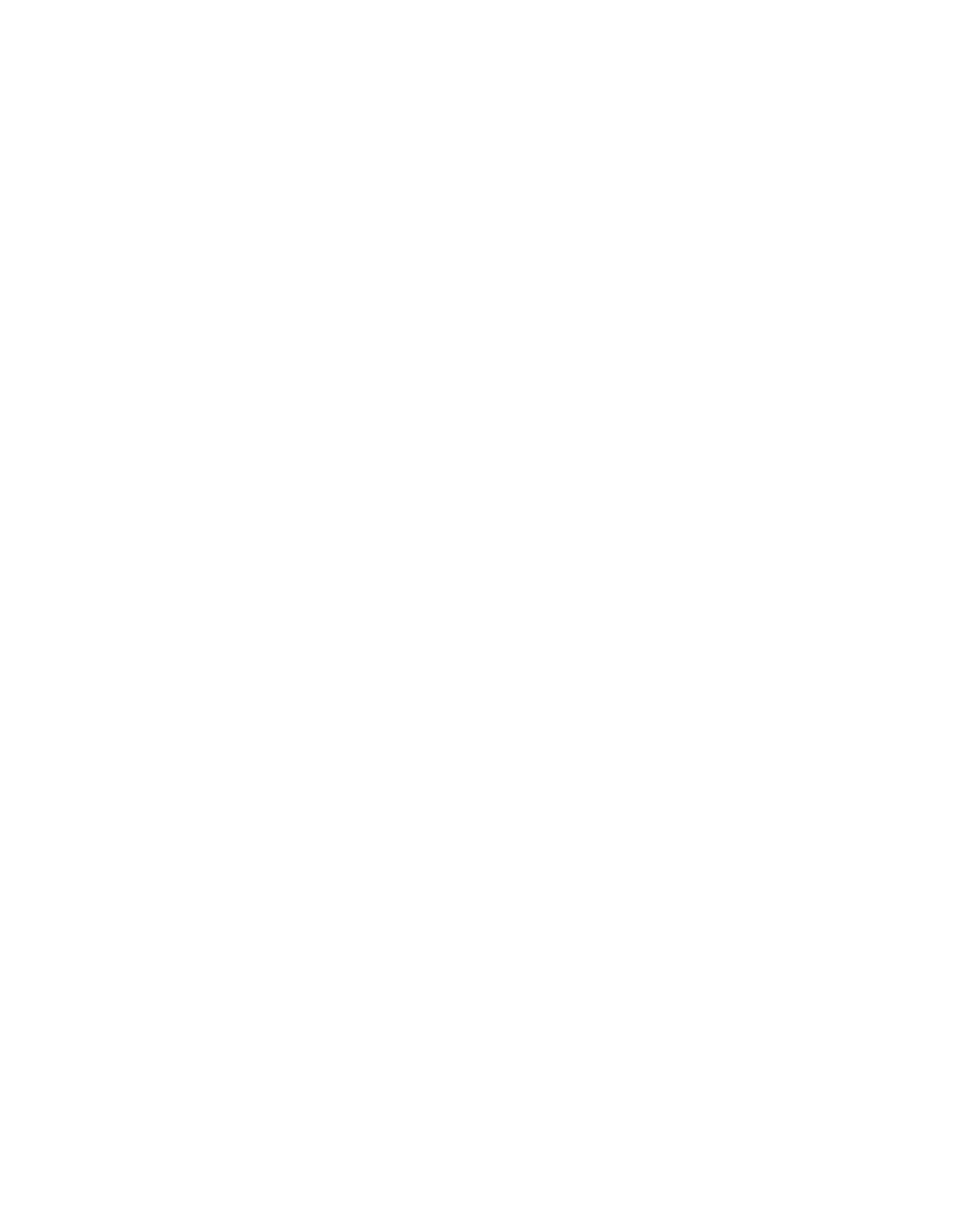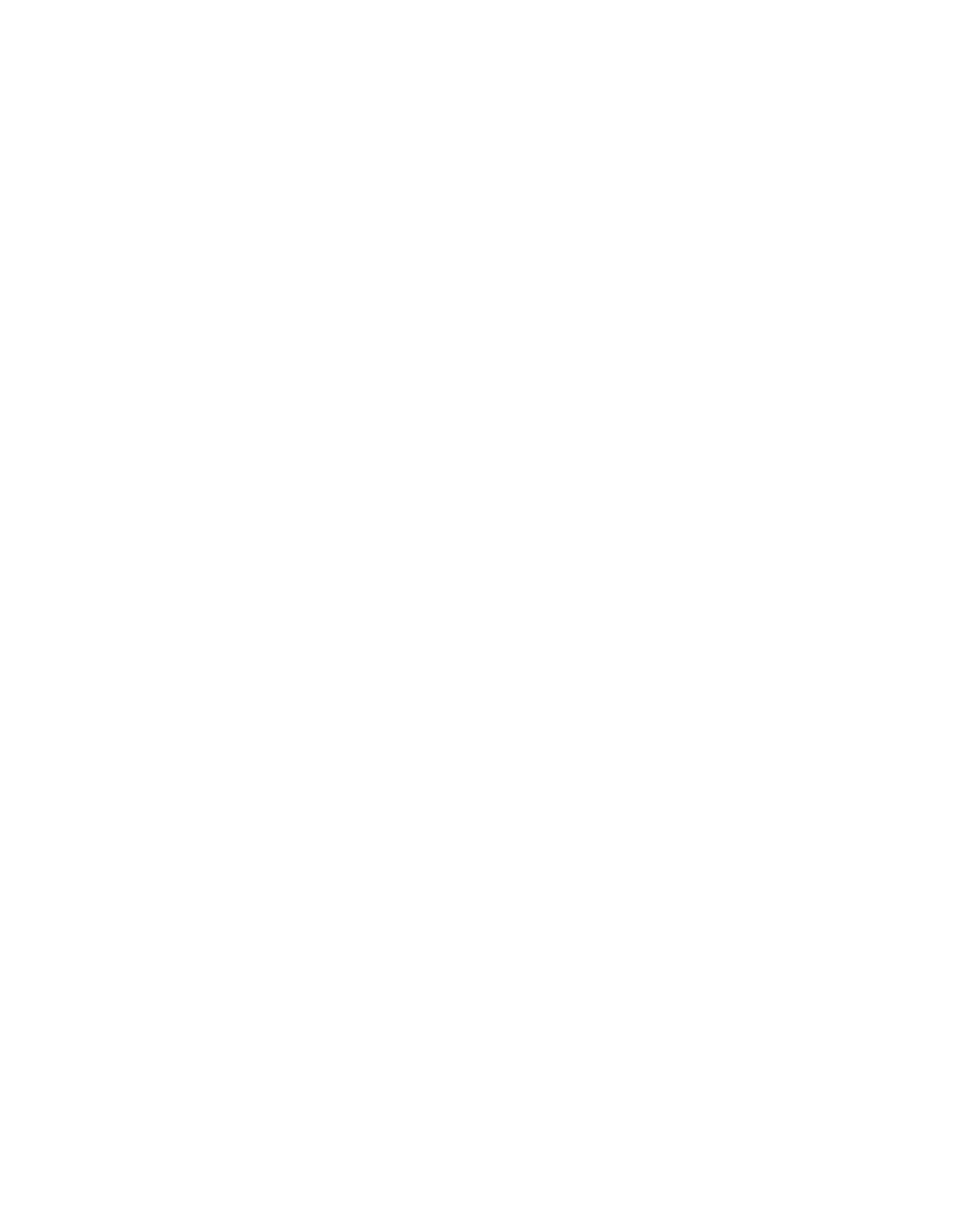CLERK’S OFFICE
BEFORE THE ILLINOIS POLLUTION CONTROL BOARD
APR
062005
U.
S. MINERALS, LLC,
)
pj~~
Petitioner,
)
,
r~
~_.
)
PCBNo._______
vs.
)
)
(Permit Appeal
-
Air)
ILLINOIS ENVIRONMENTAL
)
PROTECTION AGENCY,
)
)
Respondent.
)
PETITION FOR REVIEW OF PERMIT DECISION
NOW COMES the Petitioner,
U.
S.
MINERALS,
LLC (hereafter “Petitioner” or “U.
S.
Minerals”), by
and
through
its
attorneys,
Howard
&
Howard Attorneys, P.C.,
and
pursuant
to
Section
40(a)(l)
of the Illinois
Environmental
Protection Act
(the “Act”),
415
ILCS
5/40(a)(l)
and
35
Ill.
Adm.
Code,
Part
105,
Subpart
B,
hereby
requests review
by
the Illinois
Pollution
Control
Board
(“Board”) of the
final
decision by
the
Respondent,
the
Illinois
Environmental
Protection
Agency
(the
“Agency”
or “IEPA”),
to
include
certain terms
and
conditions
in
the
Lifetime
Operating
Permit
—
Revised
issued
for
Petitioner’s
coal
combustion
byproduct
processing
facility located near Coffeen, Illinois..
In support ofits
Petition, the Petitioner states
as follows:
1.
Petitioner,
U.
S.
MINERALS,
LLC,
an
Indiana
Limited
Liability
Company
authorized to
do business in the
State ofIllinois, operates an existing
coal combustion byproduct
processing
facility
located at the common
address of 796
CIPS
Trail,
Coffeen, Illinois
in
rural
Montgomery County (hereafter “Coffeen facility”).
2.
In
January
2002,
the
Petitioner
acquired
the
Coffeen
facility
as
an
ongoing
concern.
The
Petitioner
did
not
construct
the
Coffeen
facility,
install
the
coal
combustion
byproduct processing
equipment, place the byproduct storage piles or construct any of the other
air
pollutant
emission
sources
currently
located
at
the
facility.
The
Coffeen
facility
was
operating under the
authority of Joint
Construction and
Operating Permit No.
98070091
issued
on September
16,
1998 to the previous owner and operator ofthe Coffeen facility
3.
On January
9,
2003, Petitioner filed with the IEPA its
Application for Operating
Permit for the existing Coffeen facility to provide notification ofthe change offacility ownership
and
to
correct
the
list
of processing
equipment
included
in
the
1998
Joint
Construction
and
Operating Permit.
4.
On or about March 2,
2005,
Mr. Donald E.
Sutton,
P.E.,
Manager of the Permit
Section,
Division of Air Pollution
Control for the IEPA, approved Petitioner’s
Application for
Operating Permit and issued
Lifetime Operating Permit
-
Revised
No.
980700091
for the Coffeen
facility.
A
copy of
Lifetime
Operating Permit
-
Revised
No.
98070091
(hereafter “Operating
Permit”),
is
attached
to
this
Petition
as
Exhibit
1.
(Note:
The
Operating
Permit
was
not
accompanied by a cover letter so there is some uncertainty as to the exact date ofthe final permit
decision
by
Mr.
Sutton;
the
Operating
Permit
itself
identifies
March
2,
2005
as
the
“Date
Issued.”).
5.
Petitioner received the Operating Permit on March 7, 2005
via regular U.
S. Mail
service.
Accordingly,
the
instant
Petition
for
Review
of Permit Decision
is
timely
filed
in
accordance
with
Illinois
Pollution
Control
Board
Rules
105.206
(35
Ill.
Adm.
Code
Section
105.206)
and
Section
40(a)(l)
of
the
Illinois
Environmental
Protection
Act
415
ILCS
5/40(a)(1).
6.
Permit
Condition
No.
7
—
The Operating Permit includes in
Condition No.
7 a
limitation of
8 pounds/hour
on
the emissions
of volatile
organic
matter
(“VOM”)
emissions
2
from “any emission source” at the Coffeen facility.
However, the Operating Permit also includes
in Condition No.
11 .b.
a VOM emission limitation specifically applicable to the rotary dryer, the
only
combustion
source
at
the
Coffeen
facility.
Petitioner
does
not
use
volatile
organic
compounds or photo-chemically reactive materials in its
coal combustion byproduct processing
operations.
Since the Operating Permit includes a more stringent limitation on the emissions of
VOM
from the rotary dryer
and there are
no
VOM
emissions
from the other processes at the
facility, this Permit Condition No.
7 should be deleted.
Permit Condition No.
7
is not necessary
to accomplish the purposes ofthe Act and Board regulations and therefore,
must be
deleted from
the Operating Permit.
In the alternative, the Operating Permit should be clarified to specify the
VOM emission limitation applicable to each process or emissions source at the Coffeen facility.
7.
Permit
Condition
No.
9
-
The requirements included in
subsections
(b) through
(f) or Permit Condition No. 9 are taken almost verbatim from the Board’s regulations at Sections
212.304
through
212.308
and
212.315.
Those
regulations
are applicable
to
major sources of
particulate
matter
(“PM”)
emissions,
i.e.
sources
emitting
100
tons/year,
where
such
sources
would
have
significant
fugitive
PM
emissions
from
storage
piles
and
material
handling
operations
exceeding
50
tons/year.
These
regulations
are
designed
for mining
operations
or
facilities
such
as
large
coal-fired
power plants
or Portland
cement plants
with
high
rates
of
material
throughput
and
conveyance.
Petitioner’s
Coffeen facility does
not
fall into the
same
category
as
these
large
PM
pollution
sources
for
which
the
fugitive
dust
regulations
were
developed.
Permit Condition No.
9
is
not necessary to
accomplish the purposes of the Act and
Board
regulations
and
therefore,
must
be
deleted
from
the
Operating
Permit.
The
use of a
Fugitive Dust Control Plan that
is subject to IEPA approval (and future revision should problems
3
develop), has been in the past and will in the future ensure compliance with
35 Ill.
Admin. Code
Section 212.301
at the existing Coffeen facility.
8.
Permit
Condition
No.
11.a
—
Permit
Condition
11 .a
of the
Operating Permit
includes
limitations
on
“throughput”
and
PM
emissions
based
on
the
allowable
“throughput”
rate.
The “throughput” or production rate is not the maximum facility production or output rate
and
is
not representative of facility operations.
The production rate stated in
Permit Condition
No.
11 .a is the average rate ofmaterial conveyed into the rotary dryer that was measured during
compliance
testing
completed by
Petitioner not
the
maximum rate.
Moreover,
the maximum
allowable “throughput”
rate fails
to
consider
differences
in raw material
bulk
density
and
the
variable moisture
content
of the
raw material
processed
during
the course
of a
calendar
year
which
are significant variables
that
affect
plant output.
Additionally, not
all
coal combustion
byproduct is
processed in the Rotary Dryer and therefore
should not
be included in a
limitation
on total
plant production output.
Permit Condition No.
11 .a is not
necessary to
accomplish the
purposes
of the Act
and
Board regulations
and
therefore,
must be
deleted
from
the
Operating
Permit.
9.
Permit
Condition No.
14
-
The Operating Permit
includes in
Condition No.
14
detailed
and
comprehensive
requirements
to
install,
operate,
maintain
and
generated
detailed
continuous operational
records for a
device
or system
to
monitor
for broken
bags
in the
two
existing
baghouses.
At
this
existing
facility, Petitioner
has maintained
a
procedure for visual
inspections of the
baghouse
equipment on
a
daily
basis.
That
procedure
has
been
and
will
continue to be more effective than reliance on an automated broken bag detection system, even if
such equipment were
available
for the
baghouse
systems
currently
at the
facility.
Combined
with
visual
observations
of the
exhaust
from
the
baghouse
stacks,
visual
inspections
of the
4
integrity ofthe bags allows the Permittee to arrange for periodic replacements of deteriorated or
defective bags on a more frequent and effective basis than vendor recommendations
or based on
pressure drop across the bags.
The requirements of Permit Condition No.
14 to
install,
operate,
maintain and keep detailed operational records for a “broken bag detection” system Permit are in
excess
of what
is
required
by
the
controlling
state
regulations,
are
not
supported
by
the
administrative record ofthe permit decision and impose an unreasonable burden on the Petitioner
for no additional assurance ofcompliance or environmental benefit.
The requirements ofPermit
Condition No.
14 are not necessary to accomplish the purposes of the Act and Board regulations
and therefore, these requirements should be deleted from the final Operating Permit.
10.
Permit Conditions No.
9,
13,
14,
15,
16
and
17
—
The Operating Permit includes
numerous, duplicative requirements to conduct extensive monitoring of PM emissions from point
sources
and
fugitive
dust
sources,
to
conduct
frequent
inspections
of PM
point
sources
and
fugitive
dust
sources
and
associated
control
equipment, to
maintain
detailed
records of such
monitoring
and
inspections
and
to
submit
frequent
reports
to
the
IEPA.
The
monitoring,
inspection,
record keeping and
reporting requirements
included in the
Operating Permit
are
in
excess
of what
is
required
by
the
controlling
state
regulations,
are
not
supported
by
the
administrative record of the permit decision and impose an unreasonable burden on the Petitioner
for no additional assurance ofcompliance or environmental benefit.
Reed Minerals owns and operates a similar coal combustion byproduct processing facility
located
near
Pawnee,
Illinois
pursuant
to
the
authority
of
Lifetime
Operating
Permit
No.
85120005
(Facility
ID
#
O21814AAE).
The
Operating
Permit
for
Reed
Minerals’
Pawnee
facility does not include the same type of stringent conditions on fugitive dust control that have
been included
in
the
Operating Permit
for Petitioner’s
Coffeen facility.
In
issuing
operating
5
permits
to
similar
sources of air
pollutant
emissions,
the
Agency
is
not
applying
the
Board’s
substantive
rules
and
requirements of the
Act
equally
and
equitably.
In the
exercise
of the
powers
granted
to
it
by
the
Act,
IEPA
is
subject
to
the
constitutional
command
of equal
protection ofthe laws, which means equal rights for all similarly situated.
Therefore, IEPA must
execute the
law
committed
to
it
fairly
and honestly
and
treat
everyone
alike
according
to
the
standards
and
rules of action
prescribed.
Failure
in
this
respect,
which
extends beyond
the
rudimentary requirements of fair play, amounts to unreasonable and arbitrary action.
The monitoring,
inspection, record
keeping
and reporting
requirements included
in
the
Operating Permit impose significant administrative and financial burdens on the Petitioner.
The
additional
burdens
placed
on
Petitioner
would
not
contribute to
a
reduction
in
emissions
or
enhancement
of the
existing
compliance
monitoring
methods.
The
monitoring,
inspection,
record keeping and reporting requirements included in
Permit
Conditions No.
9,
13,
14,
15,
16
and
17
are
not
necessary
to
accomplish
the
purposes
of the
Act
and
Board
regulations
and
therefore, these requirements should be deleted from the final Operating Permit.
Closing
Statements
or
Notations
-
The
Operating
Permit
includes
three
separate
paragraphs or notations
set
forth at the very
end of the permit
document.
(See
Page
11
of the
Operating Permit).
The first statement attempts to summarize the requirements of the Operating
Permit
and
also
alleges
the
existence
of “previously un-permitted equipment”
at
the Coffeen
facility.
This
statement
is
not
a
permit
condition
and
should
not
be
included
in
the
final
Operating Permit.
Additionally,
it
is
factually incorrect
in
several
respects.
The facility was
operating
under
the
authority
of
Joint
Construction
And
Lifetime
Operating
Permit
No.
98070091
and subsequent applications requesting corrections ofthe existing permit.
6
The
second
paragraph
includes
references
to
the
Board’s
water
pollution
control
regulations,
specifically
“Title
35:
Subtitle
C,
Water
Pollution
Control,
Chapter
1.”
The
paragraph also
states, “The Permittee
may need to
obtain a permit
from the Division of Water
Pollution Control.”
The third paragraph includes references to
waste management requirements established in
Sections
21
and
39 ofthe Act
and the corrective action release provided by Section
4(y) ofthe
Act.
The paragraph also
states,
“The Bureau of Land,
Division of Remediation
Management
(217/782-6760) should be contacted prior to the installation ofthis equipment.”
Petitioner
is
aware
of
its
obligations
to
comply
with
all
environmental
laws
and
regulations that are applicable to its
operations at the Coffeen facility.
Standard Condition No.1
incorporated
into
every
Lifetime
Operating
Permit
issued
by
the
Division
of
Air
Pollution
Control accurately
states that the Operating Permit
does not release
Petitioner from
compliance
with
all
other
applicable
federal,
state
or
local
environmental
requirements.
However,
it
is
inaccurate
and
inappropriate to
include
a
statement
in
the
body
of the
Operating
Permit
that
implies or infers
that a permit is
required from
the Division of Water
Pollution Control or that
the
Bureau of Land
must
approve
some
unspecified
equipment
installation.
The
Operating
Permit was issued
by the Division of Air Pollution
Control in its function to
administer the air
quality provisions ofthe Act and Board regulations.
The Division ofAir Pollution Control is not
responsible for and
arguably has no authority to regulate activities
subject to the Board’s water
pollution control regulations, waste
management activities
subject to
Sections
21
and
39 of the
Act or corrective action pursuant to Section 4
ofthe Act.
7
These three paragraphs or notations
appended to the end of the Operating Permit are not
necessary to
accomplish the purposes ofthe Act and Board regulations and therefore,
should
be
deleted from the final Operating Permit.
WHEREFORE, for the above and foregoing reasons, the Petitioner respectfully requests
that the Board reverse the Agency’s March 2, 2005 permit decision and enter an
Order directing
the Agency to revise the terms and conditions of the Operating Permit as required by the Act and
consistent with the Petitioner’s request.
Respectfully submitted,
U. S. MINERALS, LLC, Petitioner
By:
___________________________
Jon
.
aletto\Attorney for Petitioner
Date:
April 5, 2005
Jon S. Faletto
Howard &
Howard Attorneys, P.C.
One Technology Plaza, Suite 600
211
Fulton Street
Peoria, IL
61602-1350
(309)672-1483
(309) 672-1568 Fax
G:\F\Fairmoun\Stanblast\Mis~Wet_for_KeviewFinat 040505doc
8
CERTIFICATE OF SERVICE
I, the undersigned, certify that
I have served the attached
Petition for Review of Permit
Decision
on
this
5th
day
of April,
2005,
via first-class
mail,
postage fully
prepaid, upon
the
following parties:
Division ofLegal Counsel
Illinois Environmental Protection Agency
1021 North Grand Avenue East
P. 0.
Box 19276
Springfield, IL
62794-9276
Pollution Control Board
Attn:
Clerk
100 W. Randolph Street
James R. Thompson Center, Suite 11-500
Chicago, IL
60601-3218
Howard & Howard Attorneys, P.C.
One Technology Plaza, Suite 600
211
Fulton Street
Peoria, IL
61602-1350
(309) 672-1483
(309) 672-1568 Fax
9
RECE~VED
BEFORE THE ILLINOIS POLLUTION CONTROL BOARD
CLERK’S
OFFICE
APR
062005
U.
S. MINERALS, LLC,
vs.
Petitioner,
ILLINOIS ENVIRONMENTAL
PROTECTION AGENCY,
Respondent.
)
)
)
)
)
)
)
)
)
)
PCBNo.______
(Permit Appeal
-
Air)
NOTICE OF FILING
Illinois Pollution Control Board
Attn:
Clerk
100 West Randolph Street
James R. Thompson Center, Suite 11-500
Chicago, Illinois 60601
Division ofLegal Counsel
Illinois Environmental Protection Agency
1021 North Grand Avenue East
P. 0. Box 19276
Springfield, IL
62794-9276
PLEASE
TAKE NOTICE that on this
5th
day ofApril
2005, Petitioner, U.
S. MINERALS,
LLC, filed an original
and
nine
(9) copies ofthe attached
Petition for Review of Permit Decision
with the Illinois Pollution Control Board, copies ofwhich are herewith served upon you.
Respectfully submitted,
Dated: April
5,
2005
Jon S. Faletto
Counsel for Petitioner
Howard & Howard Attorneys, P.C.
One Technology Plaza, Suite 600
211
Fulton Street
Peoria, IL
61602
(309) 672-1483
(309) 672-1568 FAX
By:
Jo~~o~
STATE OF ILUNOIS
Pollution Control Board
L
10
EXHIBIT
1
ILLINOIS
ENVIRONMENTAL
PROTECTION
AGENCY
P.O.
Box
19506,
SPRINGFIELD,
ILLINoIS
62794.9506
RENEE CJPRIANO,
DIRECTOR
217/782-2113
LIFETIME OPER.~TINGPERMIT
REVISED
PERMITTEE
U.S. Minerals, L.L.C.
Attri:
Jason Vukas
‘79E CIPS
Trail
Coffeen,
Illinois
62017
~pplicatIon No.: 98070091
.L~P.
NO.: 135803AAB
Applicant’s Designation:
Pate
Received~April
22,
2002
Subject: Coal Slag Processing Plant
Date Issued March
2,
2005
Expiration Date: See Condition
1.
Location:
796 CIPS Trail,
Coffeen
This
permit
is hereby granted to the above-designated Permittee to
OPERATE
emission unit(s)
and/or air pollution control equipment Consisting of;
1 Feed Hopper
8 Storage Bins/Silos
Storage Piles
Truck Load-In
Truck
Load-Out
1 sagger
8 Bucket Elevators
3 Screens Controlled by Baghouse
1 Scalper Screen Uncontrolled
2 Crushers Controlled by Baghouse
1 Rotary Dryer Controlled by Baghouse
pursuant to the above-referenced application.
This permit
is
su.bj~ct
to
standard conditions attached hereto and the following special condition(a):
la.
This permit shall expire
180 days after the Illinois EPA aends a
written request for the renewal of this permit.
b.
This permit shall~terminate if
it is withdrawn or is
superseded by a
revised permit.
2.
The facility is not subject to the New Source Performance Standard
(MS?S)
for Nonmetallic Mineral Processing Plants,
40 CFR 60,
Subparts A
and 000 because slag
is not
a nonmetallic mineral,
and any plant
dedicated to processing slag does not meet the definition of a
nonmetallic mineral processing plant
(See the Applicability
Determination Index
(API)
Control ~(urnber
9900001).
3.
Pursuant
to
35
IAC
212.123:
a.
No person shall
cause or allow the emission of smoke or other
particulate matter,
‘with
an opacity greater than
30
percent,
into
the atmosphere from any emission unit.
ROD R.
BLAGOJEVICP1, GOVERNOR
PRIN1~Q
ON
RECYCLED
PAPER
I;:EI
s~/SB/i’~8’
~O
~k~d
S1~’eJ~NI~J
S
fl
9~~9t~C9LI~I
Page
2
b.
The emission of smoke or other particulate matter from any such
emission unit may have an opacity greater than 30 percent but not
greater than 60 percent for a period or periods aggregating
S
minutes
in any 60 minute period provided that such opaque
emissions permitted during any
60 minute period shall occur from
only one such emission unit located within a 1000 ft radius from
the center point of any other such emission unit owned or
operated by such person,
and provided further that such opaque
emissions permitted from each such emission unit shall be limited
to
3 times in any 24 hour period~
4.
Pursuant to 35
IAC 212.301, no person shall cause or allow the emission
of fugitive particulate matter from any process,
including any material
handling or storage activity,
that
is visible by an observer looking
generally toward the zenith at
a point beyond the property line of the
source.
5.
Pursuant to
35 IAC 212.321,
no person shall cause or allow the emission
of particulate matter into the atmosphere
in any one hour period from
any new process emission unit which,
either alone or in combination
with the emission of particulate matter from all other similar process
emission units for which construction or modification commenced on or
after April
14,
1972,
at
a source or premises,
exceeds the allowable
emission rates determined by
using the equation;
E
2.54
(P)
0.534
Where
P
=
Process weight rate in T/hr
2
Allowable
emission
rate
in
lbs/hr
6.
Pursuant to 35
IAC 214.301,
no person shall cause or allow the emission
of sulfur dioxide into the atmosphere from any process emission source
to exceed 2,000 ppm.
7.
Pursuant to 35
IAC 215.301, no person shall cause or allow the
discharge of more than
8 lbs/hr of organic material
into the atmosphere
from
any
emission source, except as provided by the following
exception:
If no odor
nuisance
exists
this limitation ahall apply only
to photochemically reactive material.
8.
At the above location,
the Permittee shall comply with these work
practices as foll~w~:
a.
Only utilize distillate fuel oil
(Orade No.
2)
or bio-diesel with
sulfur contents
less than 1.0 weight percent as the
fuel source
for the rotary dryer.
b.
Not use
organic liquid byproducts or waste materials
in. the
process emission sources without written approval from the
SO
S1~1eJ3NINS
fl
9O~9~ELI~I
is:ct
/9O/~0
Page
3
Illinois
EPA.
The
use
of any other fuel shall
require
a
revised
permit.
c.
The Illinois EPA shall be allowed to sample all fuels stored at
the above location.
d.
The Permittee shall implement and maintain control measures for
each piece of equipment and the storage piles that are identífled
by this permit,
such as enclosure,
natural surface moisture,
application of dust suppressant,
and use of dust collection
devices,
that minimize emissions of particulate matter and
provide assurance of compliance with the applicable emission
standards and limitations of Conditions
3,
4 and
5.
e.
The baghouse control systems shall be in operation at
all
times
when the associated emission unit(s)
is in operation and emitting
air contaminants.
The baghouses shall be maintained and operated
according to vendor’s specifications,
as well as operated to
ensure compliance with the Illinois EPA Act and the pollution
Control Board
(PCB)
regulations of
35 Illinois Administrative
Code
(ZAC)
Title 35.
9.
Pursuant to 35
IAC
201.151,
to maintain continual compliance with
Section 9(a)
of the Act and 35
IAC 212.301,
the Permittee shall at
all
times,
other than those listed in Condition 9(g);
a.
Treat each open storage pile with water or other dust
suppressant,
or use other methods as
needed
to prevent fugitive
particulate emissions from the pile from crossing the property
line of the source,
as determined by direct observation or the
accumulation of material off plant property.
b.
Utilize spray systems,
telescopic chutes, enclosures,
or other
equivalent methods for all handling operations.
c.
Pave, or treat with water or other dust suppressant all normal
traffic
pattern
access
areas
surrounding
active
storage
piles,
as
well
as roads and parking facilities.
All paved areas shall be
cleaned on
a regular basis.
All areas treated with water or
other dust suppressants shall have the treatment applied on a
regular basia.
d.
.
Utilize dust control methods for all unloading,
loading,
and
transportation of materials collected by pollution control
equipment to prevent visible fugitive emissions
from crossing the
property line ot the source.
e.
Utilize dust control methods as needed for processing operations,
including crushers,
dryers, grinding mills,
screening operations,
and associated transfer equipment to prevent visible fugitive
emissions from crossing the property
line of the source.
t’O
3~id
S1~1è~3NI~
S
fl
9O~9~E~Lt~I19:51
900Z/90/t’O
Page 4
f.
The spraying of dust suppressants pursuant
this
Condition
shall
not
be required, and Condition
4
(35
IAC
212.301)
shall
not
apply when
the
wind
speed
is
greater
than
2S
mph.
Determination
of
wind
speed
shall
be
based
on
a one-hour average or hourly recorded value at
the
nearest official station of the u.s. Weather Bureau,
or by wind
speed logging instruments operated on the site.
In cases where the
duration of operation is less than one hour,
the wind speed may be
averaged over the duration of
the operation on the basis of on-site
wind speed logging instrument measurements.
10.
in
the event that the operation of
the plant results in odors in quantities
and of such characteristics and duration as to unreasonably interfere with
the enjoyment of life and property such that an odor nuisance exists,
the
Periuittee shall take appropriate and necessary actions to minimize odors,
including but not limited to,
changes
in raw material,
changes In plant
operations,
changes in rotary dryer burner settings, or installation of
controls,
in order to reduce or eliminate the odor nuisance.
.la.
Emissions and operation of slag processing shall
not exceed the following
limits:
I
Emission
Item
of
Throughput
Factor
PM
Emissions
I
Equipment
(TIMe)
(T/Yr)
(Lb/T)
(T/)lo)
(T/Yr)
~ç~a1 Slag Processing
Plant
34,339.2
343,392
0.0854
1.47
14.66
These limits are based on the combination of AP-.42 emission factors
(Table 11.19.2-2 and 11.31-1)
for a combined plant wide emission factor
and 343,392 tons of slag processed per year.
Compliance with annual
limits shall be determined from a running total of 12 months of data.
b.
Emissions and operation of the rotary dryer shall not exceed the
following limits~
i.
Operational
limitations:
Emissions
(Gallons/Mo)
(Gallons/Year)
Fuel
Usage
17,532
175,323
Compliance
with
annual
limits
shall
be
determined
from
a
running
total
of
12
months
of
data.
ii.
Emission
Limitations:
Emission Factor
Emissions
Contaminant
(Lb/T)
(TonB/Mo)
(Tons/Year)
H
NO~
0.055
0.94
9.44
CO
0l3
2.23
22.32
SO3
0.011
0.19
1.89
VOM
0.032
0.55
5-49
PM
0.033
0.57
5.67
90
~E~1d
S1VeI3NIN
S
fl
9O~St’C9L1~t
19:51
9OO~/50/tO
Page
S
These limits are based on AP-42 emission factors
(Table 11.1.7)
and for 343,392 tons of slag
processed
per year.
Compliance with
annual limits shall be determined from
a
running
total
of
12
months of data.
c.
Based upon the testing
performed
on June 2-3,
2004,
the maximum
facility
production
rate
shall
not exceed the average
of the three test
rims,
which is 39.2
tons/hour.
12.
This permit is issued based on negligible emissions
of
particulate
matter from receiving,
bulk load out, bagging,
internal transfer
(bucket elevators,
feed hoppers,
conveying).
For this purpose
emissions from each emission source shall not exceed nominal emission
rates of 0.1 lb/hour and 0.44 ton/yr.
13a.
I.
The Permittee shall have the opacity of the exhaust from the
baghouse exhaust stacks during representative weather and
operating conditions determined by a qualified observer in
accordance with tJSEPA Test Method
9, pursuant
to 35
IAC 201.282.
See Condition 18(c).
A.
For each baghouse exhaust stack, Method 9 opacity testing
shall be conducted at least quarterly.
For this purpose,
testing shall first
be conducted within three months of the
issuance of this permit.
B.
Upon written request by the Illinois EPA,
such testing
shall be conducted for specific affected process(es) within
45 calendar days of the request or on the date agreed upon
by the Illinois
EPA, whichever is later.
b.
I.
The Permittee shall have the particulate matter emissions at the
baghouse exhaust stacks during representative maximum operating
conditions measured by a qualified testing service within 90 days
of a written request from the Illinois EPA,
as specified by such
request, pursuant to 35
IAC 201.262.
See condition 18(d).
ii.
Testing shall be conducted using USEPA Test Methods 1-5,
following timely submittal
of
a test protocol and notification of
the date
and
time of testing to the Illinois EPA.
iii.
A complete report for
the t~~t
shall be submitted to the Illinois
EPA within 30 days following
the testing,
unless agreed upon by
and alternative time by the Illinois EPA.
C.
The Permittee shall have particulate matter less
than 10 microns
(PM-
10)
emissions from baghouse exhaust stacks measured during
representative maximum operating conditions by a qualified testing
service
within
90
days of a written request from the Illinois EPA,
as
specified
by
such request, pursuant to 35
IAC 201.282.
See
Condition
18 (b)
90
~E~d
S1~èJ~NIL’~
S
fl
90~9t~E9L1Z1
19:51
s20~/92/~0
Page
6
d.
The Permittee shall have fugitive particulate matter emissions
from
the
pieces of equipment or storage piles
that are identified by this permit
measured during representative maximum operating conditions by a
qualified testing service within
90 days of a written request from the
Illinois EPA,
as
specified by such request, pursuant to 35
IAC 201.282.
See Condition
18 (a).
14..
Pursuant to 35 IAC
201.281:
a.
The baghouses shall be equipped with devices that shall
monitor
for broken bags in the baghouses within 60 days of issuance of
this permit.
The Permittee shall provide notification to the
Il1inoi~EPA as required by Condition 22 upon the completion of
the monitoring system.
This monitor shall be a continuous
monitoring
device
which
is
installed,
calibrated,
maintained, and
continuously operated according to vendor’s specifications at all
times
that
the
baghouses
are
in
use.
The monitor shall provide
the operator with an audible alert or other type of notification
that the control equipment may be improperly operating.
1.
If the monitor detects broken bag(s),
the Permittee shall
promptly repair the baghouse(s)
to ensure the operations
are in compliance with this permit’s requirements and the
Act.
ii.
The above does not authorize
the use of the processing
equipment in
the event of
a malfunction or breakdown of the
baghouse(s),
including broken bags,
that results In excess
particulate matter emissions or opacity.
I~this event,
the Permittee shall immediately stop the operation(s)
that
are being controlled by the baghouse(s)
until repaired to
ensure
operation
is
in
compliance
with
this
permit’s
requirements and the Act.
b.
Pursuant
to 35 TAC 201301,
the
Permittee
shall
collect
and
record the following informaciozi~
1.
Baghouse broken bag detector data on at least a 1-minute
average basis
if using a digital recording technique,
or on
a continuous basis if using a strip chart technique.
ii.
A log of operating time for the capture system,
control
system, monitoring devices,
and the associated emission
unit
(s)
iii.
A maintenance log for the capture system,
control system,
and monitoring devices detailing all routine and non-
routine maintenances performed including the dates and
durations of any outages.
52
~E~id
S1~~NIN
S
fl
S0~9~E9LI~I
9~:5~
922~/92/I’2
Page
7
iv.
The Permittee
shall,
at a minimum frequency,
follow the
baghouse bag vendor’s
specifications for bag
replacement
schedules.
In addition to the maintenance logs required
above,
the
Permittee
shall
maintain
a
log
of
the dates of
baghouse bag replacements.
15a.
The Permittee shall perform inspections of each piece of equipment and
the storage piles that are identified by this permit on at least a
weekly basis,
including associated control measures,
to confirm
compliance with the requirements
of Conditions
4 and 5
(35 IAC 212.301
and 212.123), pursuant to 35
IAC 201.281
b.
The Permittee shall perform detailed InspectIons of the dust collection
equipment
for affected processes at least every week,
with an initial
inspection performed before any
maintenance
and repair activities are
conducted and a follow-up inspection performed after any such
activities
are completed pursuant to
35 IAC 201.281.
1~.
The
Permittee
shall
maintain
records
of
the
following
items
to
show
both
compliance with
the
applicable
State
limits
and
with
the
operational
and
emission based limits within this permit, pursuant to
35
IAC 201.301:
a.
Facility
slag throughput
(tons/month and tons/year).
b.
notary
dryer
fuel
usage
(gallons/month
and
gallons/year).
C.
Criteria pollutant
(PM,
PM1.0,
NO~, SO~,
VOM,
Co)
emissions,
(tons/month and tone/year).
d.
Air
pollution
control equipment inspection and maintenance
records.
e.
Opacity testing done in accordance with USEPA Method
9.
f.
Particulate
matter
emission
testing
done
in
accordaflce
with
USEPA
Method
5.
17.
The Permittee shall maintain records
of the following items pursuant
to
35 IAC 201.301:
a.
The Permittee shall maintain records of the following for the
inspections
required
by
Condition
15:
I.
For the inspections required by Condition 1S(a)
for each
piece of equipment and storage piles that are identified by
this permit:
A.
bate and time the inspection was performed and
name(s)
of inspection personnel.
t’O
~SVd
S1~3NII’l S
fl
90~9t~55LI~1 9~E1
920~/~0/t?0
Page
8
B.
The
observed
condition
of
the
control
measures
for
each piece of equipment and storage piles that are
identified by this permit,
including the presence of
any visible emissions or visible accumulations of
slag dust in the vicinity of the process.
C.
A
description
of
any
maintenance
or
repairs
associated
with
the
control
measures
that
are
recommended as
a result of
the inspections,
and
a
review of any outstanding recommendations for
maintenance
or
repair
from
previous
inspection(s),
i.e., whether recommended action has been taken,
is
yet
to be performed or no longer appears to be
required.
ii.
For the inspections required by Condition 15(b)
for the
dust collection equipment for affected processes:
A.
Date and time the inspection was performed and
name(s)
of inspection personnel.
B.
The observed condition of
the equipment.
C.
A summary of the maintenance and repair that is to be
or
was conducted on the equipment.
0.
A description
of any maintenance or repair that
is
recommended as a result
of the inspection and
a
review of outstanding recommendations for maintenance
or repair from previous inspection(s),
i.e.,
whether
recommended
action
has
been
taken,
is
yet
to
be
performed or no longer appears to be required.
b.
Pursuant to 35 IAC 201.263,
the Permittee shall maintain records,
related to malfunction and breakdown for each piece of equipment
and
the storage piles that are identified by this permit that as
a minimum,
shall include;
i.
A maintenance and repair log for each piece of equipment
and the storage piles that are identified by this permit
with associated equipment,
listing activities performed
with date.
ii.
Records for each malfunction or breakdown that causes or
could cause excess emissions;
A.
Date and duration of malfunction or breakdown.
B.
A description of the malfunction or breakdown.
C.
The corrective actions used to reduce the quantity of
emissions and the duration of the incident.
~2
S1~e9NINS
fl
9B~9~E9LI~I
~:5t
~22~/92/~2
Page
9
b.
The
preventative
measures
planned
or
taken
to
prevent
similar malfunctions or breakdowns or reduce their
frequency and severity.
c.
Records
for Opacity Measurements
Records of
all opacity measurements made pursuant to Condition 13
in accordance with USEPA Method
9 for the baghouse exhaust
stacks.
For each occasion on which
such
measurements
are
made,
these records shall include the formal report
for the
measurements, the identity of the observer,
a description of the
measurements that were made,
operating condition of the affected
process,
observed opacity,
and copies of the raw data sheets for
the measurements.
i.
The
Perniietee is not required to submit the reports
associated with the opacity testing to the Illinois EPA
unless requested or unless the testing results show a
violation of
35 IAC 212.123.
The Permittee
shall have
30
days from the receipt of a request or test that resulted in
a violation to submit
the required reports.
This Condition
supercedes the requirements of Condition
22.
18.
The Permittee shall perform testing for the determination of
PM,
PM1.0,
or opacity levels in accordance with Condition 13 using the following
test methods:
a.
Pursuant to 35 IAC 212.107,
for both fugitive
and
nonfugitive
particulate matter emissions,
a determination as to the presence
or absence
of visible emissions from emission units shall be
conducted in accordance with Method
22,
40 CFR part 60,
Appendix
A,
incorporated by reference in 35 IAC 212.113,
except that the
length of the observing period shall be at the discretion of the
observer, but not less than one minute.
This Subpart shall not
apply to 35 IAC 212.301.
b.
Pursuant to
35 IAC 212.108,
i.
Emiasions of
PM1.0 shall be measured by any of the following
methods at
the option of the owner or operator of an
emission unit.
A.
Method 201,
40 CFR Part 51, Appendix N,
incorporated
by reference in 35 IAC 212.113.
B.
Method 201A,
40 CFR Part
51,
Appendix M,
incorporated
by reference in 35
IAC 212.113.
C.
Method
5,
40 CFk Part
60, Appendix A, incorporated by
reference
in
35 IAC 212.113, provided that all
90
~t~d
S1~èJ3NIN S
fl
9g~9~5~LI~I~:ci
~oo~/9o/~o
Page 10
particulate matter measured by Method
S
shall be
considered to be
PM10.
ii.
Emissions of condensable
PM10 shall be measured by Method
202,
40
CF?. part
Si,
Appendix
M,
incorporated
by
reference
in 35
IAC 212.113.
iii.
The volumetric flow rate and gas velocity for stack test
methods shall be determined in accordance with Methods
1,
1A,
2, 2~,2C,
2D,
3,
or
4,
40 CFR part
60, Appendix A,
incorporated by reference
in 35 IAC 212.113.
iv.
Upon a written notification by the Illinois Environmental
Protection Agency
(Illinois EPA), the owner or operator of
a
PM10 emission unit subject to this Section shall conduct
the applicable testing for
PM10 emissions,
condensable
PM1.,
emissions,
opacity,
or visible emissions at such person’s
own expense,
to demonstrate compliance.
Such test results
shall be
eu:brnitted to the Agency within thirty
(30)
days
after conducting the test unless an alternative time for
submittal
is
agreed to by the Illinois EPA.
V.
A person planning to conduct testing for PM10 or condensable
PM10 emissions to demonstrate compliance shall give written
notice to the Agency of that intent.
Such
notification
shall be given at least thirty
(30)
days prior to
initiation of the test unless
a shorter pre-notification is
agreed to by the Illinois EPA.
Such notification shall
state the specific test methods from subsection
(a) of this
Condition that will be used.
vi.
The owner or operator of an emission unit subject
to
35 IAC
212 shall retain records of
all tests which are performed.
These records shall be retained for at least three
(3)
years after the date a test
is performed.
vii.
The Condition shall not affect the authority of the United
States Environmental Protection Agency
(USEPA)
under
Section 114 of the Clean Air Act
(CA~) (42 U.S.C. Section
7414
(1990))
c.
Pursuant
to
35
IAC 212.109, except as otherwise provided in 35
IAC 212,
and except for the methods of data reduction when
applied to
35 IAC 212.122 and 212.123, measurements of opacity
shall be conducted in accordance with Method
9,
40 CFE part ~0,
Appendix A,
and the procedures in 40 CFR 60.675(c)
and
(d),
if
applicable, incorporated by reference in 35
IAC 212.113,
except
that for roadways and parking areas the number of readings
required for each vehicle pass will be three taken at
S second
intervals.
The first reading shall be at the point of maximum
opacity and second and third readings shall be made at the same
point,
the observer standing
at right angles
to
the plume at
L0
~S’~d
S1~~NI~
S
fl
90~9t’~L1~I
~~EI
G0G7J/~0/t70
Page
11
least
15 feet away from the plume and observing 4 feet above the
surface
of
the
roadway
or
parking
area.
After
four
vehicles
have
passed,
the 12 readings will be averaged.
d.
Pursuant
to
35
IAC
212.110,
i.
Measurement
of particulate
matter
emissions
from
stationary
emission
units
subject
to
35
IAC
212
shall
be
conducted
in
accordance with 40
C1’R part
60, Appendix A,
Methods
5,
5A,
ED,
or SE,
as incorporated by reference in
35 IAC
212.113.
ii.
The volumetric flow rate and gas velocity shall be
determined in accordance with
40 CFR part 60, Appendix A,
Methods
1,
lÀ,
2,
2A,
2C,
2D,
3, and
4,
incorporated by
reference
in
35
IAC 212.113.
iii.
Upon
a written notification by the Illinois EPA,
the owner
or operator of
a particulate matter emission unit subject
to this part shall conduct
the applicable testing for
particulate matter emissions,
opacity, or visible emissions
at
such person’s own expense,
to demonstrate compliance.
Such test results
shall be submitted to the Agency within
thirty
(30)
days after conducting the test unless an
alternative time for submittal
is agreed to by the Illinois
EPA.
iv.
1~person planning to conduct testing for particulate matter
emissions to demonstrate compliance shall give written
notice to the Illinois EPA of that intent.
Such
notification shall be given at least thirty
(30)
days prior
to the initiation
of the. test unless
a shorter period is
agreed
to by the Illinois EPA.
Such notification shall
state the specific test methods from this Section that will
be used.
v.
The owner or operator
of
an emission unit subject to 35 IAC
212 shall retain records of all tests which are performed.
These records
shall be retained for at least three
(3)
years after the date a test
is performed.
vi.
This Section shall not affect
the authority of
the
TJSEPA
under Section 114 of the
CAh.
19.
The Perrnjttee shall obtain the appropriate construction and operating
permits prior to any future construction of emission unit(s) or air
pollution control equipment pursuant to 35
IAC 201.142 and 35
IAC
201.143,
unless such emission unit(s)
is exempted from permitting
requirements pursuant to
35
IAC 201.14g.
20.
All records and logs required by this permit
Bhal.
be retained at
a
readily accessible location at the
source. for at
least three years from
the date of entry and shall be made available for inspection and
80
~E~d
S1t~NINS
fl
90~9~~LI~I
~:~i
~o~~/S0/~0
Page
12
copying by the Illinois EPA upon request.
Any records retained in an
electronic
format
(e.g.,
computer) shall be capable
of
being retrieved
a~dprinted on paper during normal source office hours so as to be able
to respond to an Illinois EPA request for records during the course of
a source inspection.
21.
If there is an exceedance of the requirements of this permit as
determined by the records required by this permit,
the Permittee
shall
submit
a report to the Illinois EPA’s Compliance Section in
Springfield,
Illinois within 30 days after the exceedance.
The report
shall include the emissions released in accordance with the
recordkeeping requirements,
a copy of the relevant records, and a
description of the exceedance or violation and efforts to reduce
emissions and future occurrences.
22.
Two
(2)
copies of required reports and notifications concerning
equipment operation or repairs, emission performance testing or
a
continuous
monitoring
system shall be sent to~
Illinois Environmental Protection Agency
Division of Air Pollution Control
Compliance Section
(4~40)
P.O. ~ox 19276
Springfield,
Illinois
62794-9276
and one
(i)
copy shall be sent to the Illinois EPA’s regional office
at
the following address unless otherwise indicated:
Illinois Environmental Protection Agency
Division of Air Pollution Control
5415 !~orthUniversity
Peoria,
Illinois
61614
and one
(1)
copy of any documents relating to emission performance
testing shall be sent to following address unless otherwise indicated:
Illinois Environmental Protection Agency
~JiViBionof Air Pollution Control
Source Monitoring Unit
9511 Harrison Street
Des
Plaines,
Illinois
60016-1563
23.
Persons with lifetime operating permits must apply for and obtain a
revised permit for any of the following changes at the source:
a.
An increase in emissions above the amount the emission unit or
the source is permitted to
emit;
b.
A modification;
c.
A change
in operations that will result in the source’s
noncompliance with conditions in the existing permit; or
60
3~t~d
S1t~e9NII’1S
fl
90~9l’FSLt~I
~
E1
900~/~0/t’0
Page 13
d.
A change in ownership, company name,
or address,
so that the
application or existing permit is no longer accurate.
It should be noted that this permit has been revised to include previously
un-permitted equipment,
address process emissions,
and include monitoring,
testing, and recordkeeping requirements.
It should be noted that the issuance of this permit does not relieve the
Perniittee
of
the responsibility of complying with the provisions of the State
of Illinois Rules and Regulations,
Title 35;
Subtitle
C, Water Pollution
Control,
Chapter
1.
The Permittee may need to obtain a permit from the
Division of Water Pollution Control.
It should be noted that issuance
of this permit does not relieve the
permittee from compliance with the permit requirements of Section 21 and 39
of
the Environmental Protection Act with respect
to a waste management
operation,
nor
does
it constitute a release from further responsibility for
preventive
or
correction
action
as defined under Section 4(y)
of
the
Environmental Protection Act.
The bureau of Land, Division of Retnediation
Management
(217/782-6760)
should be contacted prior to the installation of
this equipment.
If you have any questions oü this, please call Ross Cooper at 217/782-2113.
D
ald E.
Sutton,
P.E.
Manager,
Permit Section
Division of Air Pollution Control
DES:RWC;jar
cc;
Region
2
01
~St~d
S1~?è9NII~
S
fl
90~9t~ESL1ZI
~:E~
Goo~/~0/P2
STATE
OF
ILLX~OIS
ENVIRONMENTAL
~ROrECTIO~
AGE~,7CY
DXVISTON OF AI~~OLLUTIONCO~TROI
P.O.
BOX 195O~
SPR~GPIEL~,ILLI~OTS 62794~95OG
STANDARD
CONDITIONS
FOR
LIFETIME
OPERATING
PERMITS
_________
July 1,
1998
The
Illinois
Environmental
Protection
Act
t4l5
ILCS
5/39
(formerly
Illinois
Revised
Statutes,
Chapter
lll-.1/2,
Section
1039))
grants
the
Illinois
Environmental
Protection
Agency authority to impose conditions
on permits which it issues.
I..
The
issuance
of
this
Permit
does
not
release
the
Perrnittee
from
compliance
with
state and federal
regulations
which
are part
of
the
Illinois
State
Implementation
Plan,
as well
as with other applicable statues and regulations
of
the United States
or the State of Illinois or with applicable
local laws,
ordinances and regulations.
2.
The Illinois EPA has
issued this
Permit based upon the
information submitted by the
Permittee
in
the
permit
application.
Any
misinformation,
false
Statement
or
misrepresentation
in
the application shall
be ground
for
revocatjon
under
35
Iii.
Mm,
Code 201.166.
3.
a.
The
Pert’nittee
shall
not
authorize,
cause,
direct
or
allow
any modification,~
as
defined
in
35
111.
Adm.
Code
201.102,
of
equipment,
operations
or
practices
which are
reflected
in
the
permit
application
as
submitted,
until
the appropriate permit
is obtained from the Illinois EPA.
b.
The Permittee
shall obtain
a
new or
revised permit under Section
39.5
of
the
Act,
if
the
source no longer meets
the applicability criteria of
35
Iii. Mm.
Code 201169 because of changes
in emissions units or control equipment.
c.
The
Permittee
shall
obtain
a
revised
permit
prior
to
any
of
the
following
changes
~t
the source;
i.
An
increase
in
emissions
above
the
amount
the
emission
unit
or
r.he
source
is permitted
to emit; or
ii.
~ modification;
or
iii.
1\
change
in
op~r’ations
that
will
result
in the
source’s
noncompHance
with a condition
in
the existing permit; or
iv.
A
change
in
ownership,
company
name,
or
address,
so
that
the
application or existing permit is no longer accurate.
4,
a.
This Permit onLy covers
emission units and control
equipment.
while physically
present
at
the
indicated
source
location.
Unless
the
Permit
specifically
provides
for
equipment
relocation,
this
Permit
is
vo’~d for
n
item
of
equipment
ort
Lhc?
day
it
is
removed
from the permitted
location,
or
if
~11-
equipment is removed.
b.
The Permittee
shal.!
notify
the
Illinois ~PA
in writing to withdraw the Permit
if
all operations
the source have been permanently discontinued.
Paga
i
of
2
PRX~TP.C)
ON
RECYCLED
~A~ER
11
~S~d
S1~~NIN
S
fl
90~9~E~L1~1
S~C1 G00~/90/I~0
5.
The
Permittee
shall allow any duly authorized
agent
of
the
Illinois EPA,
upofl
the
presentation of credentials, at reasonable times:
a.
To
enter
the
Permittee’s
property
where
actual
or
potential
efflaent,
emiseion or noise units are 1oca~edor where any activity is
to be conducted,
pursuant to this Permit;
b.
To have access to and to copy any records required to be kept under the terms
and conditions
of
this
Permit;
c.
To inspect,
inc1~ldin9during
any hours
of operation of equipment constructed
or operated under
this
Permit,
such equipment
and any
equipment
required
to
be kept, used,
operated,
calibrated and maintained under this Permit;
d.
To obtain and remove samples of any discharge or emission of pollutants; and
e.
To
enter
and
utilize
any
photographic,
recording,
testing,
monitorixig
or
other
equipment
for
the
purpose
of
preserving,
testing,
monitoring
or
recording any activity,
discharge or emission authorized by this Permit.
6.
The issuance of this Permit:
a.
Shall not be considered as
in any manner affecting the
title of the premises
upon which the permitted source
is located;
b.
Does
not
release
the
Permittee
from
any
liability
for
damage
to
person
or
property
caused
by
or
resulting
from
the
construction,
maintenance,
or
operation of the source;
c.
Does not take into consideration or attest
to the structural
stability of
any
unit or part of the project;
and
d.
In
no
manner
implies
or
suggests
that
the
Illinois
EPA
(or
its
officers.
agents,
or employees)
assumes any
liability,
directly or indirectly,
for
any
lose
due
to
damage,
installation,
maintenance,
or operation
of
the proposed
equipment or source.
7.
The Permittee shall maintain aU
equipment covered under this
Permit in such a manner
that
the
performance
of
euch
equipment
shall
not
cause
a
violation
of
ch~
Environmental Protection Act or regulations promulgated thereuner.
8.
The
Permittee
shall maintain
a
maintenance
record on
the
premises
for
each
item
of
air pollution control
equipment.
This
records
shall
be made
available
to any agent
of
the Illinois EPA at any time during
normal
working
hours and/er operating hours.
As
a
minimum,
this
record
shall
show
the
dates
of
performance
and
nature
of
preventative maintenance activities.
9.
NO
person shall
cause or allow startup
of
any emission unit or continued operation
during
malfunction
or
breakdown
of
any
emission
unit
or
related
air
pollution
control equipment
if
such startup or
cohtinued
operation would cause
a violation of
an
applicable
emission
standard
or
permit
limitation
if
such
operation
is
not
allowed
as
a
special
condition
of
this
Permit,
as
required
by
35
Ill.
Mm.
Code
201.149.
10.
The
Permittee
shall
submit
an Annual
Emission
Report
as
required
by
35
111.
Adm,
Code 201.302
and 35
Ill.
Adm.
Code Part
254.
11.
The Permictee shall pay the annual site fee for the source in accordance with
Section 9.5 of the
Act.
Page
2
oE
2
PRIN?E~
ON
RECYCLED
~.PER
dl
3d
S1t~èf3NINS
fl
9O~9~C~Ll~T9~:~l
i~i~a
-t
P1iec~o~-y
Environmental Protection Agency
-
Bureau ofAir
Slay
22,2003
For assistance in preparing a
permit
Tpplication.
contact the Permit Section:
fflools
EPA
DivisIon
of
Air
Pollution Control
Permit Section
t021
N. Grand AveE.
P.O. Box 19506
Springfield, IllinoIs 62794.9506
2171782-2113
Or contact a regional office
oftheField
Operations
Section.
The
regional
officesand
their
areas ofresponsibility
~reshown on
the
map. The
addresses
~ndtelephone numbers of the regional
offices are asfollows:
illinois
EPA
Region I
Bureau of
Air,
FOS
9511 West Harrison
Des Plaines, IllinoIs 60016
847/294-4000
Illinois
EPA
Region 2
5415
North UnMverslty
Peoria~IllinoIs 61614
309/693-5461
Illinois EPA
Region 3
2009
MalI
Street
Coliinsvifle, IllinoIs 62234
618/346-5120
El
3E~d
S1t’èJ3NI~’i S
fl
99t’E~Ll~l
~~EI
~OO~/~/t’~
